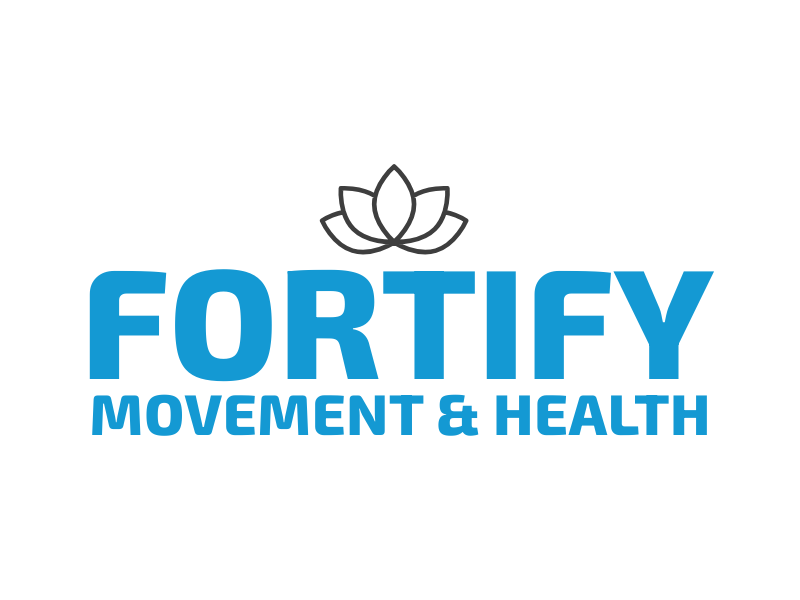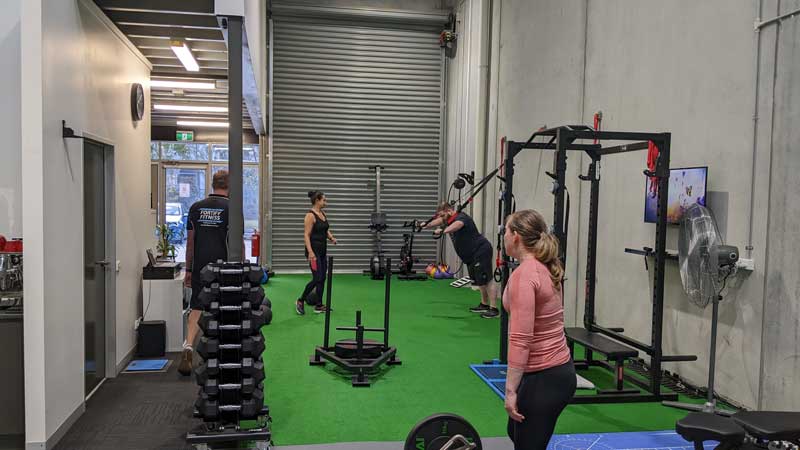Stretching is an essential part of any workout routine. It is often overlooked or neglected, but it plays a crucial role in preventing injuries and improving flexibility. In this blog post, we will discuss the importance of stretching before and after a workout and provide some tips to make stretching more effective.
Why Stretching is Important Before a Workout
Stretching before a workout is important because it prepares your muscles for the physical activity that is about to take place. When you stretch, you increase blood flow to your muscles, which helps to warm them up and increase their flexibility. This, in turn, can help to prevent injuries such as strains and sprains.
Additionally, stretching can help to improve your range of motion, which is important for activities such as weightlifting, yoga, and dance. By increasing your range of motion, you will be able to perform these activities with greater ease and efficiency.
Some examples of stretching exercises that you can do before a workout include:
- Dynamic stretching, such as leg swings and arm circles, which involve moving your joints through their full range of motion.
- Static stretching, such as hamstring stretches and quad stretches, which involve holding a stretch for a period of time.
It is important to note that you should never stretch to the point of pain before a workout. This can actually increase your risk of injury. Instead, focus on gentle stretches that gradually increase in intensity.
Why Stretching is Important After a Workout
Stretching after a workout is just as important as stretching before a workout. When you exercise, your muscles become tight and contracted. Stretching after a workout helps to loosen them up and prevent soreness and stiffness.
Additionally, stretching after a workout can help to improve your flexibility over time. As you continue to stretch, your muscles will become more pliable, which can help to prevent injuries in the future.
Some examples of stretching exercises that you can do after a workout include:
- Static stretching, such as calf stretches and shoulder stretches, which involve holding a stretch for a period of time.
- Self-myofascial release, such as foam rolling, which involves using a foam roller to massage your muscles and release tension.
Tips for Effective Stretching
To make your stretching routine more effective, keep the following tips in mind:
- Always warm up before stretching. This can be as simple as walking or jogging in place for a few minutes.
- Focus on the muscle groups that you will be using during your workout.
- Hold each stretch for at least 15-30 seconds, but no longer than 60 seconds.
- Breathe deeply and evenly while stretching.
- Do not bounce or jerk your body during a stretch.
- Gradually increase the intensity of your stretches over time.
Conclusion
Stretching is an essential part of any workout routine. It helps to prevent injuries, improve flexibility, and reduce soreness and stiffness. By taking the time to stretch before and after your workouts, you can ensure that you are getting the most out of your exercise routine. So, don’t skip your stretching routine – your body will thank you for it!
Incorporating stretching into your workout routine doesn’t have to be complicated or time-consuming. Even just a few minutes of stretching before and after your workouts can make a big difference in preventing injuries and improving flexibility. So, the next time you hit the gym or head out for a run, make sure to include some stretching exercises in your routine.
And remember, while stretching is important, it’s not a substitute for proper warm-up and cool-down routines. Always start your workout with a light warm-up, such as jogging or jumping jacks, and end your workout with a cool-down, such as walking or gentle stretching. By taking the time to properly prepare your body for exercise and properly recover afterwards, you can stay healthy, injury-free, and on track to reaching your fitness goals.
If you need assistance on how to properly stretch before and after a workout, book in a personal training session with Fortify Fitness today.
References:
- Herbert, R. D., & de Noronha, M. (2007). Stretching to prevent or reduce muscle soreness after exercise. The Cochrane database of systematic reviews, (4), CD004577.
- Shrier, I. (1999). Stretching before exercise: an evidence-based approach. Scandinavian journal of medicine & science in sports, 9(4), 214-220.
- Thacker, S. B., Gilchrist, J., Stroup, D. F., & Kimsey Jr, C. D. (2004). The impact of stretching on sports injury risk: a systematic review of the literature. Medicine and science in sports and exercise, 36(3), 371-378.
- Weppler, C. H., & Magnusson, S. P. (2010). Increasing muscle extensibility: a matter of increasing length or modifying sensation?. Physical therapy, 90(3), 438-449.
- American Council on Exercise. (2019). The benefits of stretching.
- Harvard Health Publishing. (2019). The importance of stretching.




